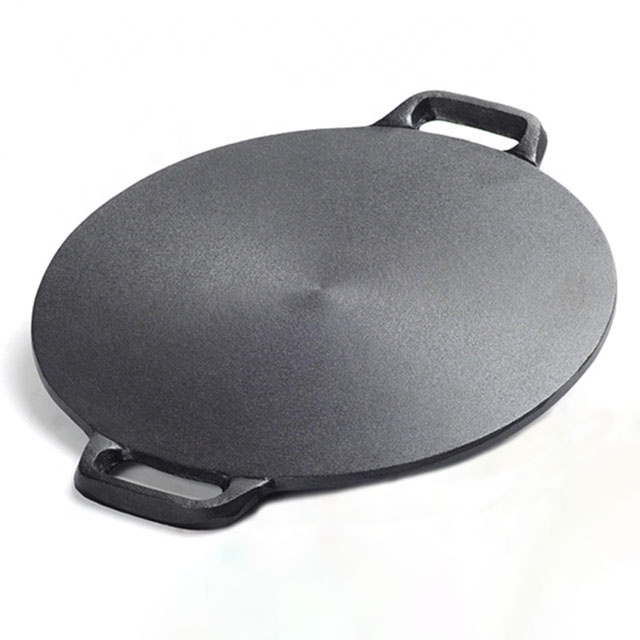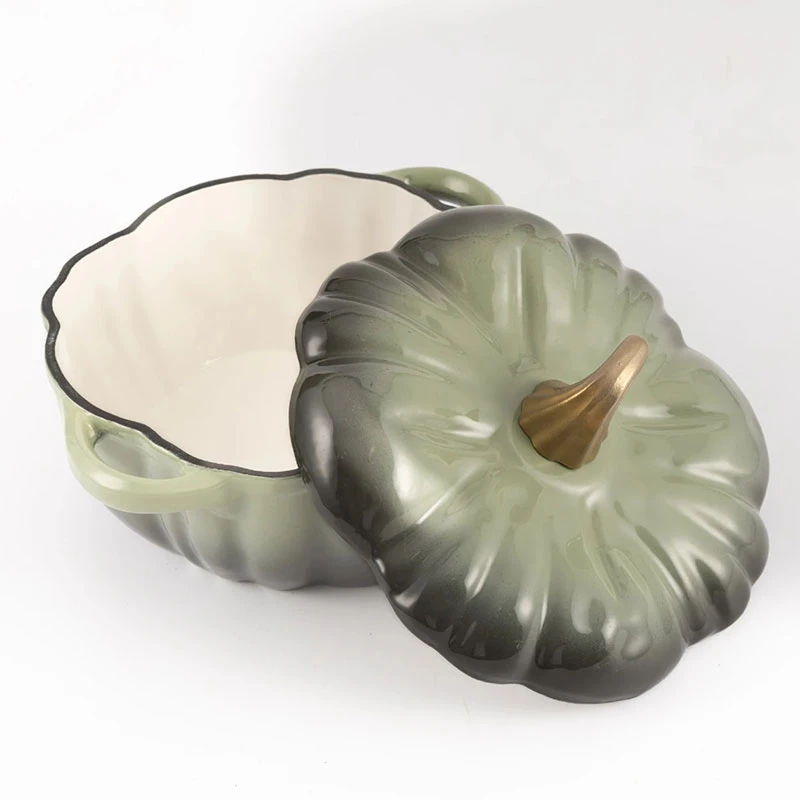
Versatile Cast Iron Skillet for All Your Cooking Needs
The Versatility of Heavy Duty Skillets
When it comes to essential kitchen tools, a heavy-duty skillet is a must-have for both amateur cooks and professional chefs alike. Known for its durability and versatility, a heavy-duty skillet can seamlessly transition from stovetop to oven, making it ideal for a wide range of cooking techniques. Whether you’re searing, sautéing, browning, or baking, this robust kitchen workhorse can handle it all.
What Makes a Heavy Duty Skillet Special?
Heavy-duty skillets are typically made from materials such as cast iron, stainless steel, or anodized aluminum, each offering unique benefits. Cast iron skillets, for instance, are renowned for their excellent heat retention and distribution, allowing for consistent cooking temperatures. They also develop a natural non-stick layer when seasoned properly, making them a favorite for frying eggs or preparing delicate proteins like fish.
Stainless steel skillets, on the other hand, are prized for their resistance to rust and corrosion. They are perfect for deglazing and creating pan sauces, as they allow for the fond—the tasty browned bits left in the pan—to be easily incorporated into dishes. Anodized aluminum skillets combine the lightweight nature of aluminum with a hard protective coating, which helps to avoid scratches and increases their lifespan significantly.
Cooking Techniques and Recipes
One of the great strengths of a heavy-duty skillet lies in its ability to cook a variety of dishes. For instance, it excels at searing meat due to its ability to reach high temperatures quickly. Imagine a perfectly seared steak with a golden crust; the Maillard reaction that creates this delicious outer layer is best achieved in a heavy skillet.
heavy duty skillet

To begin, heat the skillet over medium-high heat until it starts to shimmer. Season your steak liberally with salt and pepper, then place it in the skillet. Resist the urge to move it around; let it sear for about 4-5 minutes on one side before flipping. After cooking both sides to your desired doneness, allow the steak to rest before slicing. The result is a restaurant-quality meal prepared right at home.
Beyond meats, a heavy-duty skillet is ideal for stir-fries, frittatas, and even baked dishes like cornbread or skillet lasagna. Its ability to move from stovetop to oven opens up a world of possibilities. For example, a frittata can be started on the stove and finished in the oven, which gives it a fluffy texture and ensures even cooking.
Maintenance and Care
To ensure your heavy-duty skillet lasts for generations, proper care is essential. For cast iron, avoid soap and opt for a gentle scrub with hot water after each use. Dry it thoroughly and apply a thin coat of oil to keep it seasoned. Stainless steel and aluminum skillets may require a bit more scrubbing, especially if they develop stains or discoloration, but they can often be cleaned with regular dish soap.
Conclusion
In conclusion, the heavy-duty skillet stands out as an invaluable tool in the kitchen. Its robustness and ability to handle numerous cooking techniques make it a favorite among culinary enthusiasts. Whether you’re cooking a simple breakfast or creating an elaborate dinner party dish, investing in a quality heavy-duty skillet is a decision you won’t regret. Over time, as you continue to cook with it, it will become an essential part of your culinary journey, providing both reliability and exceptional results. With a heavy-duty skillet by your side, the culinary possibilities truly are endless.
-
High Quality Cast Iron Pancake Crepe Pan - ZD Cookware | Durable, Non-Stick, Wooden HandleNewsJul.13,2025
-
High Quality Cast Iron Cookware - ZD Cookware|Durable Heat Retention&Non-Stick SurfaceNewsJul.13,2025
-
Cast Iron Pancake Crepe Pan-Durable Kitchenware-ZD CookwareNewsJul.13,2025
-
Premium Cast Iron Cookware ZD Cookware|Durable Non-Stick Wooden HandleNewsJul.13,2025
-
Durable Cast Iron Pancake Crepe Pan - Zhejiang ZD Cookware Co., Ltd.|Heat Retention,Durability,Non-Stick Surface,Versatile Cooking,Wooden HandleNewsJul.12,2025
-
High Quality Cast Iron Cookware - ZD Cookware | Black Pancake Pan, Non-Stick SurfaceNewsJul.12,2025


